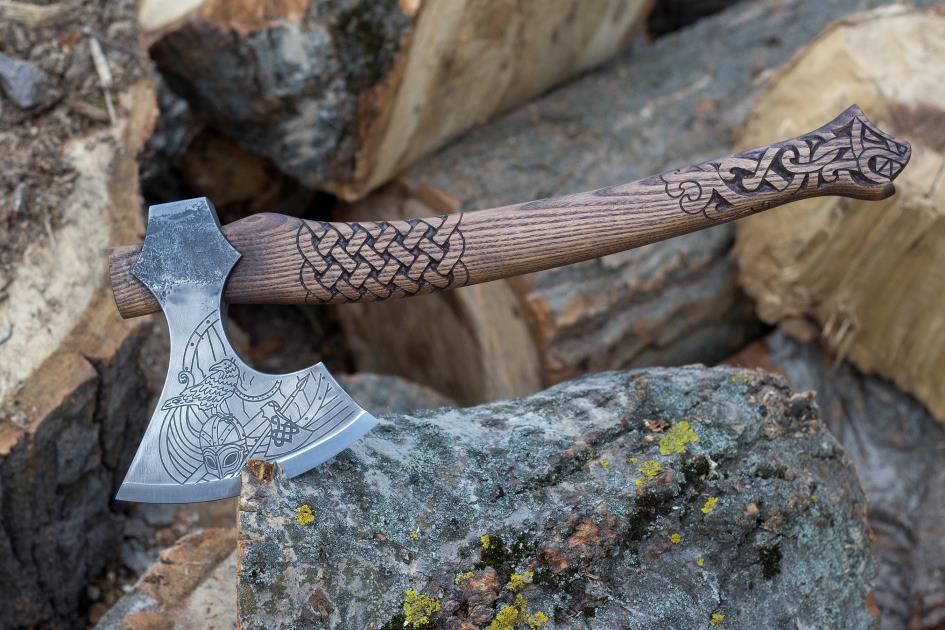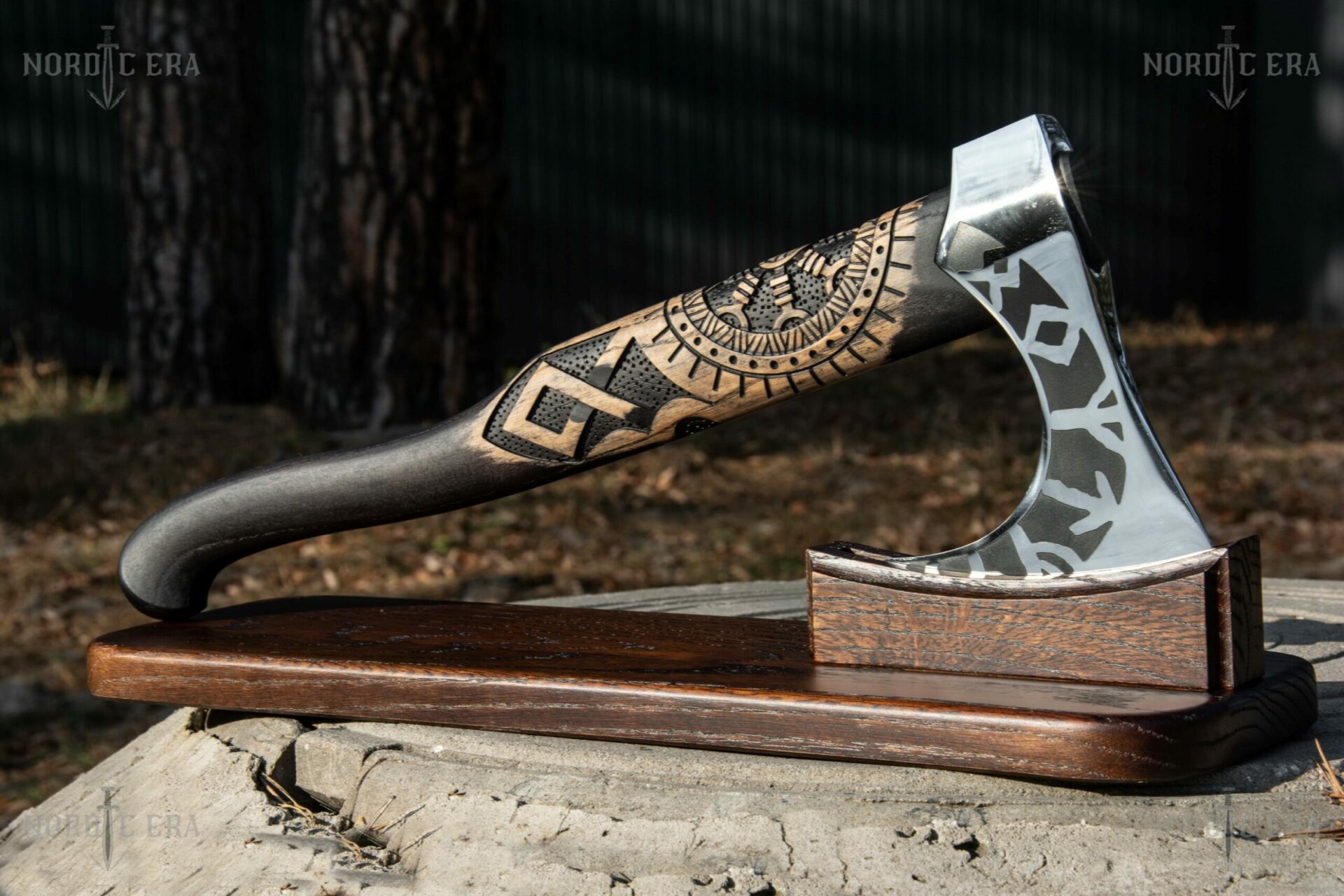Viking battle axes, renowned for their craftsmanship and effectiveness in combat, became iconic symbols of the Viking Age. The trade networks and cultural exchanges of this era played a significant role in spreading these weapons across various regions. Here are three case studies that shed light on how Wikinger axt traversed borders and cultures:
Case Study 1: The Birka-Mammen Connection
Trade Network:
- Birka, a bustling trading center in Sweden, served as a hub for trade routes connecting Scandinavia to the rest of Europe.
- Birka’s strategic location facilitated the exchange of goods, including weaponry, between the Vikings and neighboring cultures.
Spread of Battle Axes:
- Viking battle axes found in Birka burials often exhibited intricate designs and artistry.
- These high-quality battle axes were likely crafted locally or acquired through trade, reflecting the exchange of expertise and materials across trade routes.
Cultural Exchange:
- The presence of battle axes from different regions in Birka burials suggests a cultural exchange where warriors from various backgrounds converged.
- The popularity of battle axes in Birka’s trade network contributed to their dissemination throughout Northern Europe.

Case Study 2: Viking Raids and Settlements
Trade and Conquest:
- Viking raids across Europe led to the acquisition of valuable resources, including weaponry like battle axes.
- As Vikings settled in new lands, they established trading posts and integrated into local economies, influencing the spread of their weapons.
Spread of Battle Axes:
Viking warriors often brought their battle axes with them during raids and conquests.
These weapons were sometimes left behind as spoils of war or buried with fallen warriors, leading to the dispersal of Viking battle axes across different regions.
Cultural Exchange:
- The assimilation of Viking settlers into local communities introduced battle axes and other Viking cultural elements to new regions.
- The presence of Viking weaponry in diverse contexts showcases the impact of Viking raids on the cultural landscape of regions far from Scandinavia.
Case Study 3: Viking Trading Routes in the East
Trade Networks:
Vikings established trading routes connecting the Baltic Sea to the Volga River, linking Scandinavia with the East.
These trade routes facilitated the exchange of goods, ideas, and cultural artifacts.
Spread of Battle Axes:
- The trade routes enabled the distribution of Viking battle axes into Eastern Europe and beyond.
- Vikings traded their weaponry for exotic goods, expanding the reach of their cultural and military influences.
Cultural Exchange:
- The presence of Wikinger axt in Eastern Europe indicates the cross-cultural exchange between Vikings and the peoples of the East.
- The spread of battle axes along these trade routes illustrates how economic interests catalyzed the diffusion of Viking weaponry and culture.
Conclusion:
The trade networks and cultural exchanges of the Viking Age played a pivotal role in disseminating battle axes across various regions. Through trade, conquest, and settlement, Viking battle axes became not only weapons of war but also symbols of cultural interaction and cross-regional connections. The case studies highlight how these weapons transcended their utilitarian purpose, leaving an enduring mark on the historical narrative of trade and exchange during the Viking Age.

